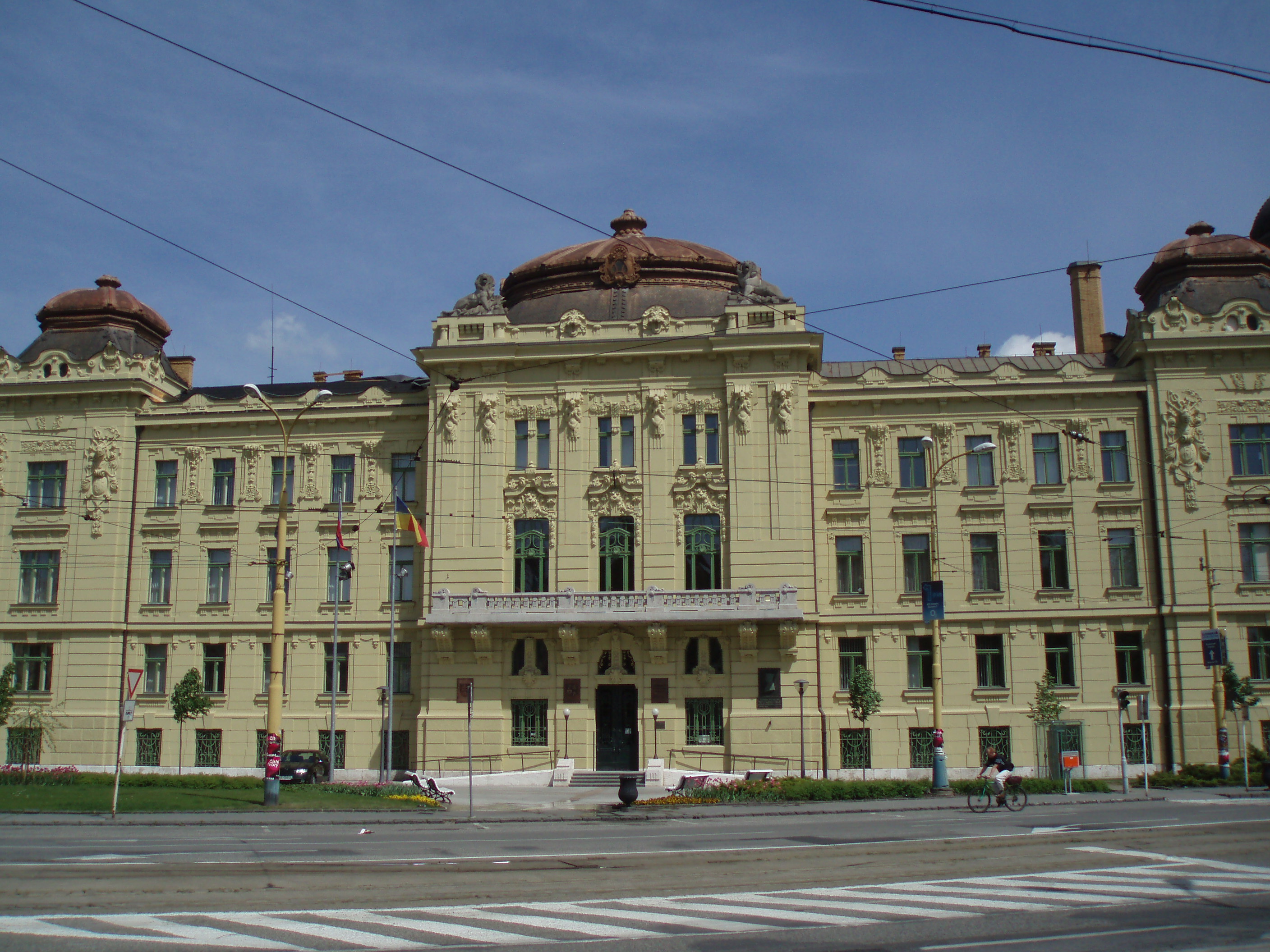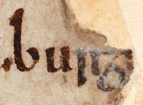|
Krásna Hôrka
Krásna (literally: "beautiful" in English, ) is a borough (city ward) of the city of Košice, Slovakia. Located in the Košice IV district, it lies at an altitude of roughly above sea level, and is home to over 5,000 people. Despite new small-scale housing developments, it retains much of its rural character. History The first written record of Krásna dates back to 1143. It was an independent village municipality until 1945, when it was connected with Košice. In the past, it was also known under the municipal name Krásna nad Hornádom ("Krásna-upon-Hornád"). Evolution of the borough's name Some of the recorded historical names of Krásna. * 1219 - ''abbas de Zebloc'' (Latin) * 1255 - ''Sceplok'' * 1280 - ''monast. Zceplak'' * 1288 - ''villa Zeplak'' * 1327 - ''poss. Zyplok'' * 1328 - ''Zeplak'' * 1335 - ''poss. Sceplok, Sceplak'' * 1337 - ''Zeplak'' * 1808 - ''Szýplak'' ( Hungarian) * 1906 - ''Siplak'' * 1918 - ''Krásna nad Hornádom'' ( Slovak) Statistics * Area: ... [...More Info...] [...Related Items...] OR: [Wikipedia] [Google] [Baidu] |
Slovakia
Slovakia, officially the Slovak Republic, is a landlocked country in Central Europe. It is bordered by Poland to the north, Ukraine to the east, Hungary to the south, Austria to the west, and the Czech Republic to the northwest. Slovakia's mostly mountainous territory spans about , hosting a population exceeding 5.4 million. The capital and largest city is Bratislava, while the second largest city is Košice. The Slavs arrived in the territory of the present-day Slovakia in the 5th and 6th centuries. From the late 6th century, parts of modern Slovakia were incorporated into the Pannonian Avars, Avar Khaghanate. In the 7th century, the Slavs played a significant role in the creation of Samo's Empire. When the Avar Khaghanate dissolved in the 9th century, the Slavs established the Principality of Nitra before it was annexed by the Great Moravia, Principality of Moravia, which later became Great Moravia. When Great Moravia fell in the 10th century, the territory was integrated i ... [...More Info...] [...Related Items...] OR: [Wikipedia] [Google] [Baidu] |
Košice Region
The Košice Region (, ; ; ) is one of the eight Slovak administrative regions. The region was first established in 1923 and its present borders were established in 1996. It consists of 11 districts ( okresy) and 440 municipalities, 17 of which have a town status. About one third of the region's population lives in the agglomeration of Košice, which is its main economic and cultural centre. Geography It is located in the southern part of eastern Slovakia and covers an area of 6,752 km2. The western part of the region is composed of the eastern part of the Slovak Ore Mountains, including its subdivisions: Slovak Karst, Slovak Paradise, Volovské vrchy, Čierna hora. The Hornád Basin is located in the northwest. The area between Slovak Ore Mountains and Slanské vrchy is covered by the Košice Basin, named after the city. The area east of Slanské vrchy is covered by the Eastern Slovak Lowland and there is a volcanic range, Vihorlat Mountains, in the northeast, c ... [...More Info...] [...Related Items...] OR: [Wikipedia] [Google] [Baidu] |
Košice IV
Košice IV () is a district in the Košice Region of eastern Slovakia, in the city of Košice Košice is the largest city in eastern Slovakia. It is situated on the river Hornád at the eastern reaches of the Slovak Ore Mountains, near the border with Hungary. With a population of approximately 230,000, Košice is the second-largest cit .... It is bordered by the Košice I, Košice II, Košice III and Košice-okolie districts. Until 1918, the district was mostly part of the Hungarian county of Abaúj-Torna. Demographics Boroughs References Districts of Košice Region Geography of Košice {{Košice-geo-stub ... [...More Info...] [...Related Items...] OR: [Wikipedia] [Google] [Baidu] |
Slovak Car Registration Plates
Vehicles registered in Slovakia were generally assigned to one of the districts (''okres'') and from 1997 until 2022, the license plate coding () generally consisted of seven characters and takes the form XX-NNNLL, where XX was a two letter code corresponding to the district, NNN was a three digit number and LL were two additional letters (assigned alphabetically). From January 2023, a new state-wide numbering scheme was introduced, preserving the same layout, but replacing the initial two-letter district code with arbitrary letters of the alphabet (assigned alphabetically, starting with AA). Other changes include new font and a smaller coat of arms. Appearance There are three design varieties that are in valid use. * Between 1 April 1997 and 30 April 2004, the plates contained the Coat of Arms of Slovakia in the top left corner and the country code SK in the bottom left. The two district identifiers were separated from the serials by a dash. * On 1 May 2004, Slovakia joined t ... [...More Info...] [...Related Items...] OR: [Wikipedia] [Google] [Baidu] |
Boroughs And Localities Of Košice
Košice, the second largest city of Slovakia and largest city of east Slovakia, is divided into four national administrative districts (): Košice I, I, Košice II, II, Košice III, III, Košice IV, IV, and into 22 boroughs (; literally: city parts, also translated as (city) districts or wards). These boroughs vary in size and population, from the smallest Džungľa and least populated Lorinčík to the largest Košice-Sever and most populated Košice-Západ. Each of the boroughs has its own mayor and council. The number of councillors in each depends on the size and population of that borough. Mayor and the local council are elected in municipal elections every four years. The boroughs are responsible for issues of local significance such as urban planning, local roads maintenance, budget, local ordinances, parks maintenance, safety and so on. The following table gives an overview of the boroughs, along with the district, population, area, annexation, if applicable, and location w ... [...More Info...] [...Related Items...] OR: [Wikipedia] [Google] [Baidu] |
Košice
Košice is the largest city in eastern Slovakia. It is situated on the river Hornád at the eastern reaches of the Slovak Ore Mountains, near the border with Hungary. With a population of approximately 230,000, Košice is the second-largest city in Slovakia, after the capital Bratislava. Being the economic and cultural centre of eastern Slovakia, Košice is the seat of the Košice Region and Košice Self-governing Region, it belongs to the :sk:Košicko-prešovská aglomerácia, Košice-Prešov agglomeration, and is home to the Constitutional Court of Slovakia, Slovak Constitutional Court, three universities, various dioceses, and many museums, galleries, and theatres. In 2013, Košice was the European Capital of Culture, together with Marseille, France. Košice is an important industrial centre of Slovakia, and the U. S. Steel Košice, s.r.o., U.S. Steel Košice steel mill is the largest employer in the city. The town has extensive railway connections and an Košice Internationa ... [...More Info...] [...Related Items...] OR: [Wikipedia] [Google] [Baidu] |
Village
A village is a human settlement or community, larger than a hamlet but smaller than a town with a population typically ranging from a few hundred to a few thousand. Although villages are often located in rural areas, the term urban village is also applied to certain urban neighborhoods. Villages are normally permanent, with fixed dwellings; however, transient villages can occur. Further, the dwellings of a village are fairly close to one another, not scattered broadly over the landscape, as a dispersed settlement. In the past, villages were a usual form of community for societies that practice subsistence agriculture and also for some non-agricultural societies. In Great Britain, a hamlet earned the right to be called a village when it built a church.-4; we might wonder whether there's a point at which it's appropriate to talk of the beginnings of French, that is, when it wa ... ''village'', from Latin ''villāticus'', ultimately from Latin ''villa'' (English ''vi ... [...More Info...] [...Related Items...] OR: [Wikipedia] [Google] [Baidu] |
Latin Language
Latin ( or ) is a classical language belonging to the Italic languages, Italic branch of the Indo-European languages. Latin was originally spoken by the Latins (Italic tribe), Latins in Latium (now known as Lazio), the lower Tiber area around Rome, Italy. Through the expansion of the Roman Republic, it became the dominant language in the Italian Peninsula and subsequently throughout the Roman Empire. It has greatly influenced many languages, Latin influence in English, including English, having contributed List of Latin words with English derivatives, many words to the English lexicon, particularly after the Christianity in Anglo-Saxon England, Christianization of the Anglo-Saxons and the Norman Conquest. Latin Root (linguistics), roots appear frequently in the technical vocabulary used by fields such as theology, List of Latin and Greek words commonly used in systematic names, the sciences, List of medical roots, suffixes and prefixes, medicine, and List of Latin legal terms ... [...More Info...] [...Related Items...] OR: [Wikipedia] [Google] [Baidu] |
Hungarian Language
Hungarian, or Magyar (, ), is an Ugric language of the Uralic language family spoken in Hungary and parts of several neighboring countries. It is the official language of Hungary and one of the 24 official languages of the European Union. Outside Hungary, it is also spoken by Hungarians, Hungarian communities in southern Slovakia, western Ukraine (Zakarpattia Oblast, Transcarpathia), central and western Romania (Transylvania), northern Serbia (Vojvodina), northern Croatia, northeastern Slovenia (Prekmurje), and eastern Austria (Burgenland). It is also spoken by Hungarian diaspora communities worldwide, especially in North America (particularly the Hungarian Americans, United States and Canada) and Israel. With 14 million speakers, it is the Uralic family's most widely spoken language. Classification Hungarian is a member of the Uralic language family. Linguistic connections between Hungarian and other Uralic languages were noticed in the 1670s, and the family's existenc ... [...More Info...] [...Related Items...] OR: [Wikipedia] [Google] [Baidu] |
Slovak Language
Slovak ( ; endonym: or ), is a West Slavic language of the Czech-Slovak languages, Czech–Slovak group, written in Latin script and formerly in Cyrillic script. It is part of the Indo-European languages, Indo-European language family, and is one of the Slavic languages, which are part of the larger Balto-Slavic languages, Balto-Slavic branch. Spoken by approximately 5 million people as a native language, primarily ethnic Slovaks, it serves as the official language of Slovakia and one of the 24 official languages of the European Union. Slovak is closely related to Czech language, Czech, to the point of very high mutual intelligibility, as well as to Polish language, Polish. Like other Slavic languages, Slovak is a fusional language with a complex system of morphology (linguistics), morphology and relatively flexible word order. Its vocabulary has been extensively influenced by Latin and German language, German, as well as other Slavic languages. History The Czech–Slovak gr ... [...More Info...] [...Related Items...] OR: [Wikipedia] [Google] [Baidu] |
Boroughs Of Košice
A borough is an administrative division in various English-speaking countries. In principle, the term ''borough'' designates a self-governing walled town, although in practice, official use of the term varies widely. History In the Middle Ages, boroughs were settlements in England that were granted some self-government; burghs were the Scottish equivalent. In medieval England, boroughs were also entitled to elect members of parliament. The use of the word ''borough'' probably derives from the burghal system of Alfred the Great. Alfred set up a system of defensive strong points (Burhs); in order to maintain these particular settlements, he granted them a degree of autonomy. After the Norman Conquest, when certain towns were granted self-governance, the concept of the burh/borough seems to have been reused to mean a self-governing settlement. The concept of the borough has been used repeatedly (and often differently) throughout the world. Often, a borough is a single town with i ... [...More Info...] [...Related Items...] OR: [Wikipedia] [Google] [Baidu] |







